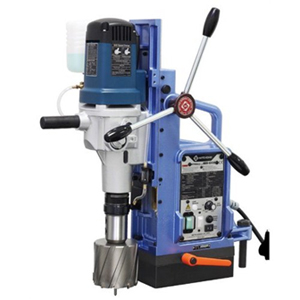Schedule a Call Back
The way forward for India through Atmanirbharatha
 Industry News
Industry News- Nov 01,22
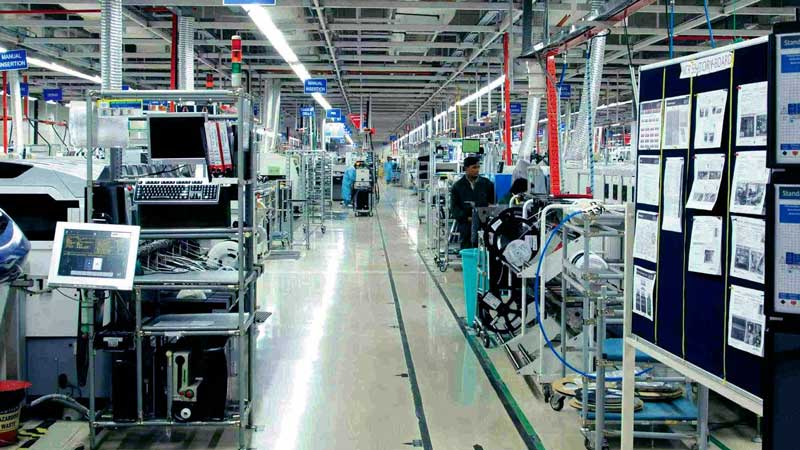
In a speech in May, 2020, the PM laid out the roadmap for the way forward after COVID 19. A lot of expectations were riding on the contents, and he did not disappoint the discerning. Even those who think throwing money at the problem is the ‘right thing to do’, were happy to see 20 lakh crore. The mere mention of such a large sum of money gladdens the hearts of some of us who ‘want action’ and not ‘words.’ As long as the action is being done by someone else, that is.
But this PM is not one to oblige such constituents. He believes in thinking a problem through, looking at all aspects, identifying the underlying root causes that need to be addressed, and then, through a holistic approach, as befits a problem of this magnitude, puts into force a philosophically sound framework, which will lead to a long term, sustained way of life. Such solutions are neither easy to design nor comfortable to implement, it is more of a ‘aa bail mujhe maar’ type. Nonetheless, once the bullet is bitten, the trajectory is under control and the aim, unerring. Achieving the objective is time-taking, but the end results lead to sustainability. This has been the outcome of the last few such key measures – GST, Demonetisation, Jan Dhan, Swachh Bharat Abhiyan, the rebuilding of public sector banks, the list can be quite long.
Let’s take a look at what the PM spoke about when introducing the concept of Atmanirbhartha. His opening remarks ignored the lockdown, and concentrated on the rebuilding work at hand. This was a clear indication that he has put the COVID 19 problem behind. That’s confidence. That’s indicative of a determination to move ahead. But he did not plunge headlong into the ‘economic issues’. He first laid out the need for a country like India, with its huge population base, its large Below Poverty Level (BPL) percentage, and the generally low performance on good quality production, to pull up its socks, and stand up firmly on a platform of self-respect. This self-respect, which has been lost for some hundreds of years, due to the continuous foreign domination, has to be rejuvenated. No country on earth can function on a positive note if self-respect is missing. After all, if you don’t respect yourself, how do you expect others to do so?
That was the point the PM made, by emphasising the ‘local’, and being ‘vocal about local’. He wants all Indians to be supportive of each other, be positive in outlook, stop being corrupt, and start being proud of what we produce in the country, be it agriculture, manufacturing or the many services. He emphasised the roles played by the IT sector during the Y2K, as also the recent successes in the production of PPE’s. PPE is a classic example of how a country should feel proud about its timely achievements.
Next, he gave some slogans. In the past, especially during our freedom struggle, slogans played a key role in bringing people together under a common purpose. Poorna Swaraj was one such. In the past, before COVID 19, the slogans were – Swachh Bharat, Jan Dhan, digital, anti-corruption, GST etc. In his speech yesterday he introduced the concept of Atmanibhartha, which is nothing but self-respect. Self-reliant, not in the isolative sense, but in an inclusive sense, in that, India will produce goods and services which will be used in the country and exported too.
These will be of international standards, and be led by innovation, smart work, by using the latest technologies. The PM often emphasises the use of technology for public good. One of the best examples of such usage is the UPI – Unified Payments Interface. Today, many Indians use this wireless mode of payments routinely. In fact, the numbers are staggering, unmatched in any other country. In the last year or two, India has tied up with more than 30 countries to use the INR as the trading currency, and, followed by, payments using Indian credit/ debit cards operating on UPI. This is indeed a huge step in making India a superpower through the application of the Atmanirbharatha principle.
The PLI scheme is now in full swing, although it started with some trepidation. The first tranche of payment to a private company has been made, for producing goods under the scheme. Many corporate giants have decided to use the facilities under this scheme to produce goods hitherto not manufactured in India (for example, semiconductors), and thus contribute to the ‘Make in India’ and ‘Make India the Manufacturing Hub of the World’ movements.
One sector which has ramped up speedily and with great vigour is defence manufacturing. HAL, a sleepy giant with immense capabilities has now come out with the full force of its scientific talents, and is leading the way in the manufacture of helicopters, fighter jets and other such equipment. In fact, in recent air-shows, the new jet has found many buyers. Similarly, Larsen and Toubro has built and put into service, ships, submarines, airports, defence establishments, equipment for the Border Roads Organisation and so on. Tata has been building rugged trucks and other moveable equipment for the defence sector for some years now. The government has not spared any efforts to facilitate the entry of Indian corporates to enter the defence sector, and these efforts are now starting to pay off. Presently, in addition to being the biggest defence procurer in the world, India is also moving towards becoming a very big defence seller too.
Indian manufacturers have played a significant role in this revolution. From getting drawings and designs from foreign sources, learning how to engineer these products, and then to manufacture them locally, after large capital outlays, Indian manufacturing has risen to the occasion. Next only to the infrastructure developments, Indian manufacturing has taken Atmanirbharatha to the next level, from where the country can leapfrog and fill the gap being left by China.
About the author:
R Jayaraman is the Head, Capstone Projects, at Bhavan's S P Jain Institute of Management & Research (SPJIMR). He has worked in several capacities, including Tata Steel, for over 30 years. He has authored over 60 papers in academic and techno economic journals in India and abroad. Jayaraman is a qualified and trained Malcolm Baldrige and EFQM Business Model Lead Assessor.
Related Stories
Are IIOT sales strategies holding up adoption of Industry 4.0 in manufacturing?
As Industry 4.0 matures, Industrial IOT (IIOT) platforms will be the backbone of digital transformation. But adoption depends as much on how they are sold as on what they deliver, write R Jayaraman ..
Read more
Five Reasons Why Manufacturing Careers Stand Out
Manufacturing is emerging as a dynamic career choice, offering innovation, stability, global opportunities, and purpose-driven work across diverse disciplines. Mukesh Vasani, Founder and Chairman, A..
Read more
How geopolitics is driving indigenous high-tech in defence & aerospace in India
Geopolitical uncertainty is accelerating India’s drive for self-reliance in defence and aerospace, shifting from import dependence to indigenous innovation. Deven Shah, Whole Time Director and CEO..
Read moreRelated Products
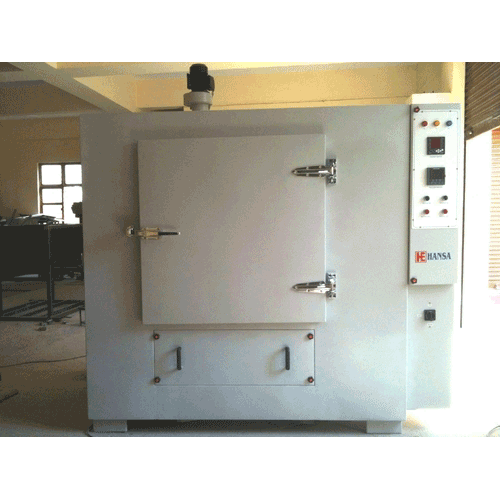
Heavy Industrial Ovens
Hansa Enterprises offers a wide range of heavy industrial ovens.
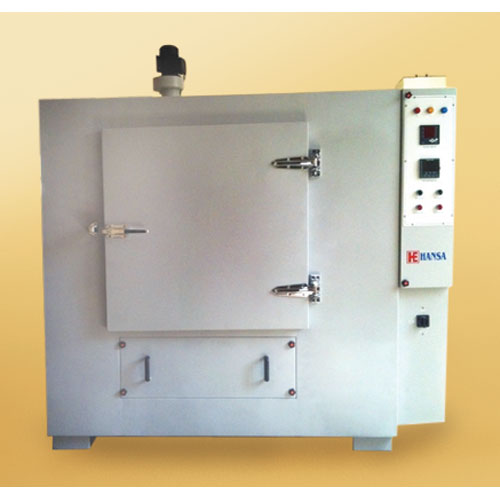
High Quality Industrial Ovens
Hansa Enterprises offers a wide range of high quality industrial ovens. Read more
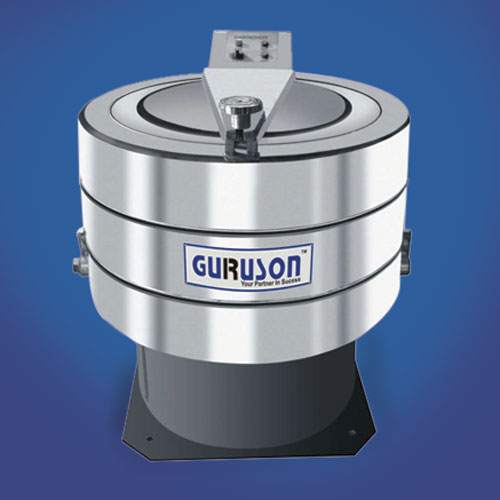
Hydro Extractor
Guruson International offers a wide range of cone hydro extractor. Read more









